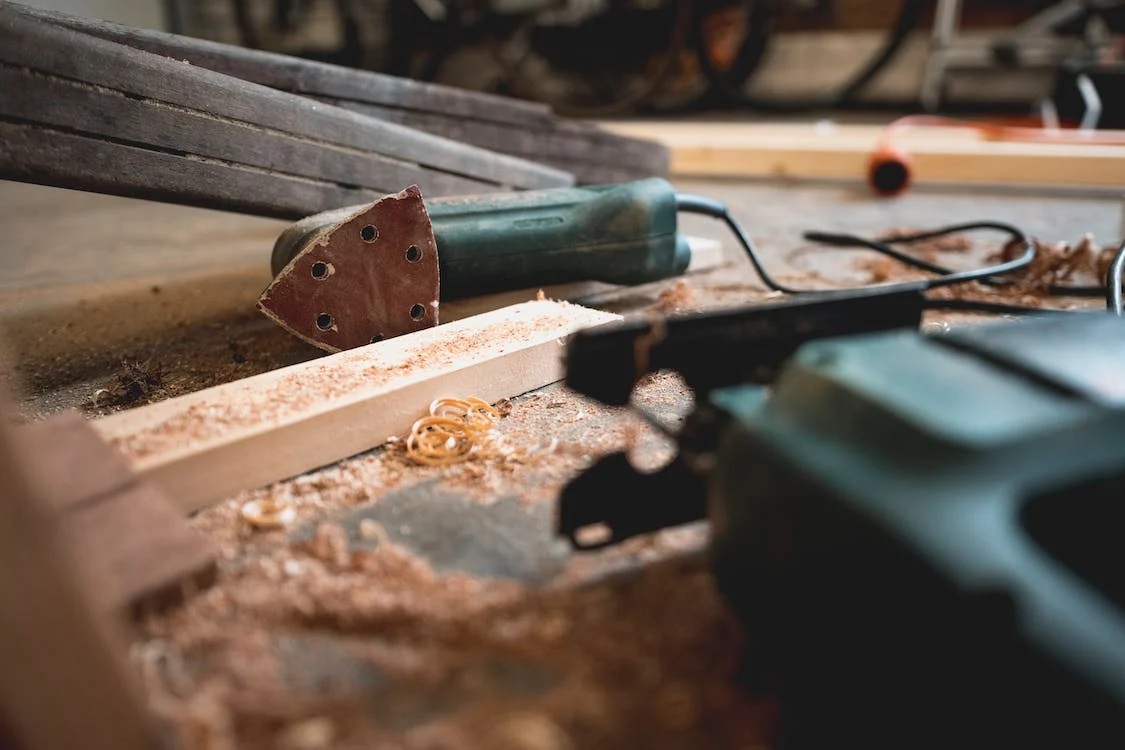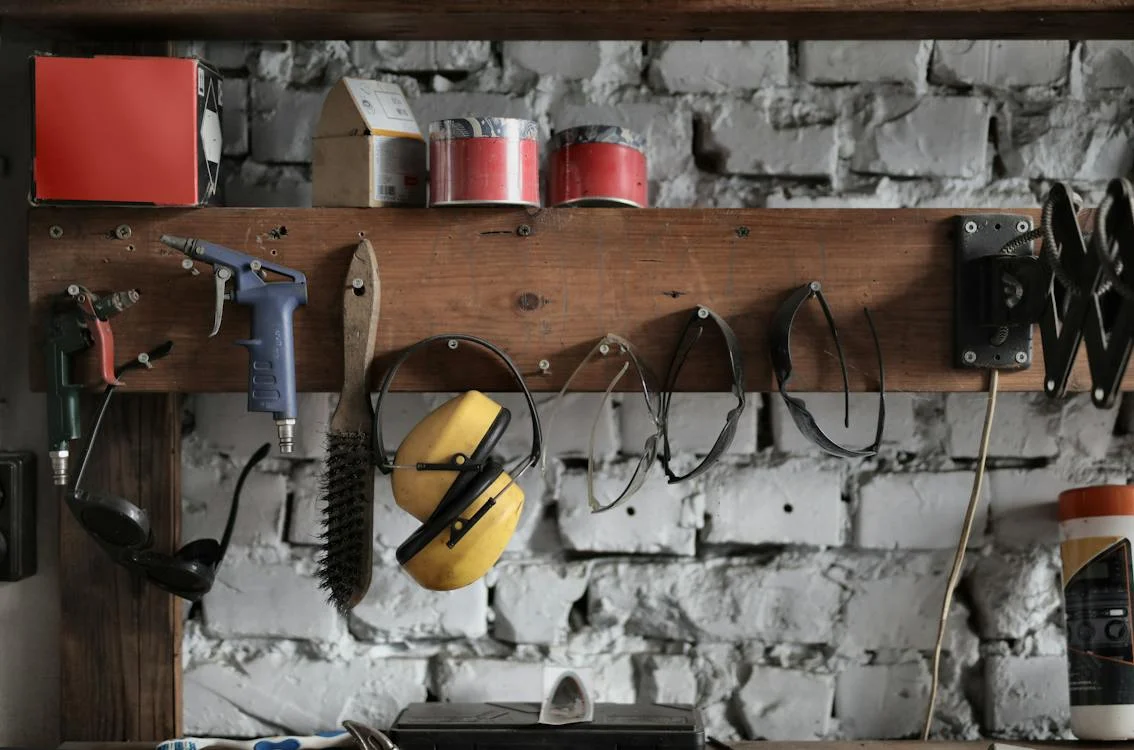Choosing the Right Tool for the Job is something that should always be ringing in your ears. Tools were made to make our job easier, faster, and boost productivity, but tools can also be dangerous and deadly when misused. So it’s like a two (2) edged sword; use it well and get the required benefits, but misuse it and watch it punish you.
For example, a hammer cannot do a job a drill is supposed to do, the same way a drill cannot do the job of a hammer, but most time we try to force these tools to work outside their scope.
Let’s use you as an individual; You have never been trained to code, you do not know anything about coding, and your boss just called you one day to tell you, “Hey, there is a program I was working on, just jump in and complete the coding”. There is no way you can accomplish that task; if you try to, you will just mess up what he had already done.
This is the same thing that happens when you expect a digger to do the job of a shovel or a chiseling machine to do the job of a drill.
Importance of Using the Right Tool for the Job

From the explanation and analogies above, you can easily spot the importance of using the right tool for the job. However, in this paragraph, we are going to categorically mention the striking importance that you need to consider before choosing any tool for a job.
1. Efficiency and Productivity
Using the right tool for a job will always enhance efficiency, and efficiency in turn will boost productivity. Efficiency is the measurable ability to avoid making mistakes, wasting materials, energy, efforts, money, and time while performing a task. In a more general sense, it is the ability to do things well, successfully, and without waste.
So using the right tool will ensure that mistakes are minimized, fewer materials, resources, and efforts are wasted. As long as these conditions are met, productivity will increase.
2. Quality and Precision
The right tool will always aid the quality of job delivery and precision. For example, where you need to circular saw to get a curve but you use a manual hand saw instead, precision will be compromised and the quality of job delivery will be poor.
3. Cost-effectiveness
Using the right tool is cost-effective. Note that there will be fewer errors, less waste of materials, less wasted effort, and a very low potential of accidents occurring.
All these will prevent the accumulation of extra costs in the project, so using the right tool is very cost-effective.
7 key Tips to Choosing the Right tool for the Job

At the beginning of this article, I mentioned that you would get to know the tips for choosing the right tool for the job; here is me fulfilling this promise.
The question is, how do I know the right tool for the job?
What are the markers? At the end of this paragraph, this question will be answered.
1. Task Requirements and Specifications
The first way to know the right tool for the job is through the task requirement and specification. The task requirement and specification will always state the details of the task, the task procedure, and sometimes the tools expected to be used.
So always make sure you go through the task requirement and specification before you begin any task; never assume that it’s the same task you have been carrying out; something may change.
2. User Skill Level and Experience
We cannot rule out the place of skill and experience in any job. Every job is dynamic, and in the course of a job, there may be a situation that needs to be handled that may not have been captured in the task requirement and specification. Here is where the employee needs to showcase their skill level and experience.
This is why employee awareness training is very important.
3. Budget and Cost
Sometimes you may need to choose a tool based on your budget, the amount you are willing to spend. Most times, there is a cheaper way to carry out a project based on your budget, so this can influence the tool you use for a job.
This is why a project manager may decide to go for a smaller excavator to do a job, banking on the experience of the operator rather than getting a bigger one, which could offer more safety features based on the location of the job.
4. Long-term Versatility and Adaptability
Every project manager needs to make gains, so sometimes they choose a tool based on the long-term versatility and adaptability. They choose a tool if they believe it will serve them for a longer period.
5. Risk Assessment Report
The report of the risk assessment is another very important reference to use to choose a working tool. The risk assessment will help assess the potential hazards and risks involved in the task, and identify the tools needed to complete the job safely and effectively.
It will also consider the type of material, the environment, and any other factors that could impact safety.
6. Manufacturers’ Specification
Every tool has the manufacturer’s specifications. Manufacturing specification is a set of documents entailing the product’s blueprint, such as the design, raw materials, and manufacturing processes.
Here is an example of a manufacturer’s specification:
a. Chisel
Name of the Product – Flat Cold Chisel
Confirming Standard – NA
Material specification – High carbon with EN9 or equivalent grade, or at least
equivalent to a kingpin type.
Workmanship and Finish: Good finish without any imperfections like Cracks, Burrs, Pits,
Scales, etc., and such other physical defects.
Size and Weight: 35 mm × 225 mm (± 10%), Round Made, 1.5 kg (±5%)
So you should always consult the manufacturer’s specifications to confirm if the tool is the best fit for the task you want to use it for.
7. The Employee
The last factor you should consider when choosing a tool is the employee who will be using it. Characteristics to look out for are: Level of expertise, experience, accident history record, personal aptitude, etc.
For example, it is safer to give a careless employee a hammer than give him a nail gun. So always consider the personality of the employee before you hand over a working tool.
Example of Using the Wrong Tools
Before we mention cases where we can say a wrong tool was used, let’s mention some reasons why employees use the wrong tools for a job:
- Lack of training: An untrained employee will not know the right tool to use for a job
- Non-availability of the right tool: When employers do not make the right tools available, the employee will only make do with what they have at hand.
- Laziness: Sometimes workers can be lazy, especially where the tool is a bit far from them, they will rather use what is close by.
- Negligence: Some workers are just negligent of safety precautions. They do not take the issue of using the right tool seriously.
Situations where a wrong tool is used include;
- Using a tool for a purpose it was never intended for
- Using a damaged tool
- Using the right tool incorrectly
- Improperly modifying a tool
- Not taking proper safety precautions, such as not wearing appropriate PPE when needed
Conclusion
The Importance of selecting the Right Tool for the job you are about to do cannot be overemphasized, as it comes with many positives. As we mentioned earlier, using the wrong tool for the job can be deadly. So you need to pick which part of the divide you want to be; but for me, I will recommend you always choose the right tool for the job.
Related Posts
How Can You Ensure Proper Health and Safety Around Tools at Work?
55 Power Tools Safety Tips You Can’t Afford to Ignore
10 Best Safety Management Software For Small Businesses
How to Determine the Immediate Cause of an Accident
A seasoned Health and Safety Consultant with over a decade of hands-on experience in Occupational Health and Safety, UBONG EDET brings unmatched expertise in health and safety management, hazard prevention, emergency response planning, and workplace risk control. With a strong passion for training and coaching, he has empowered professionals and organizations to build safer, more compliant work environments.
Certified in globally recognized programs including NEBOSH, ISO standards, and OSHA regulations, he combines technical know-how with practical strategies to drive health and safety excellence across industries. designing comprehensive HSE management systems or delivering impactful safety training, whether he] is committed to promoting a culture of safety and continuous improvement.
